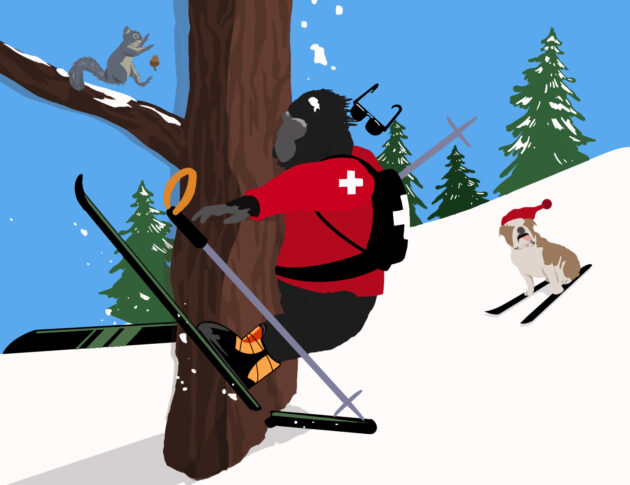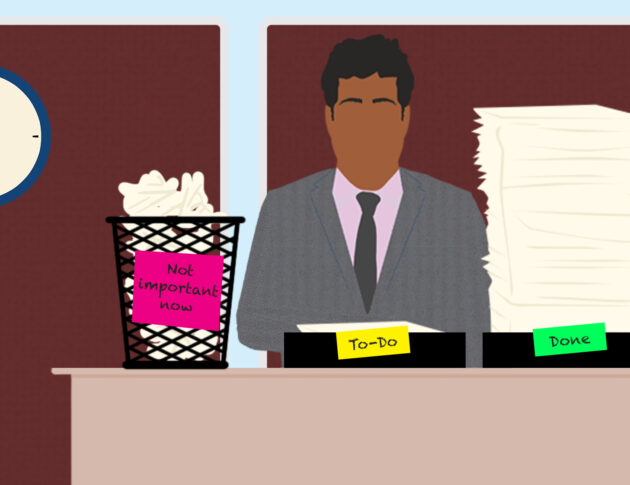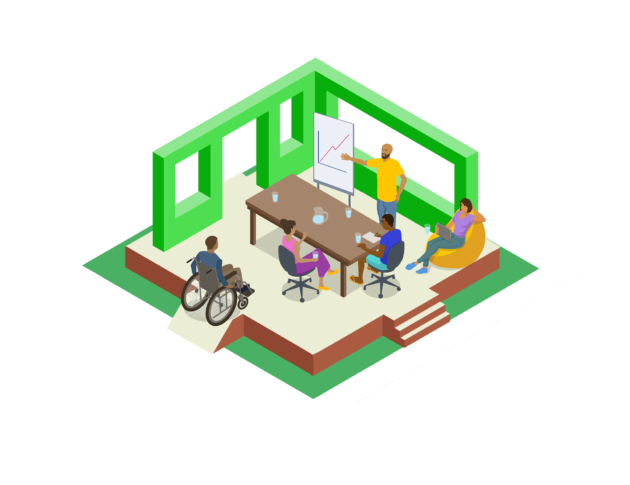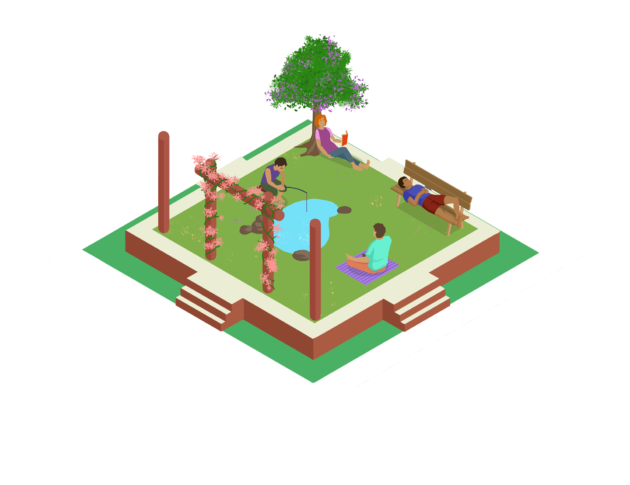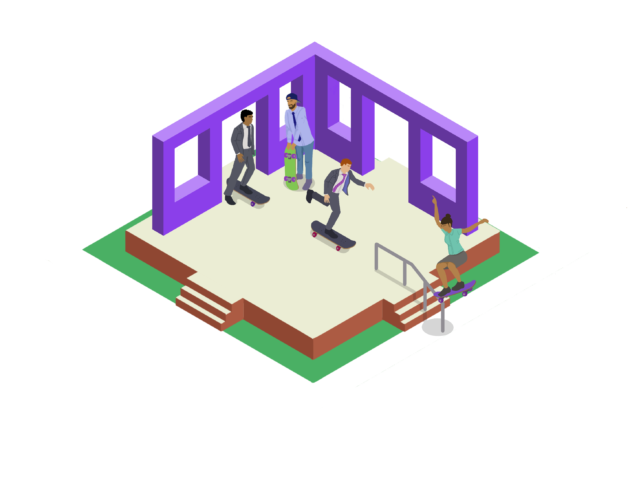10 December 2021 / Share
Resilience by Design Chapter 1: Resilience
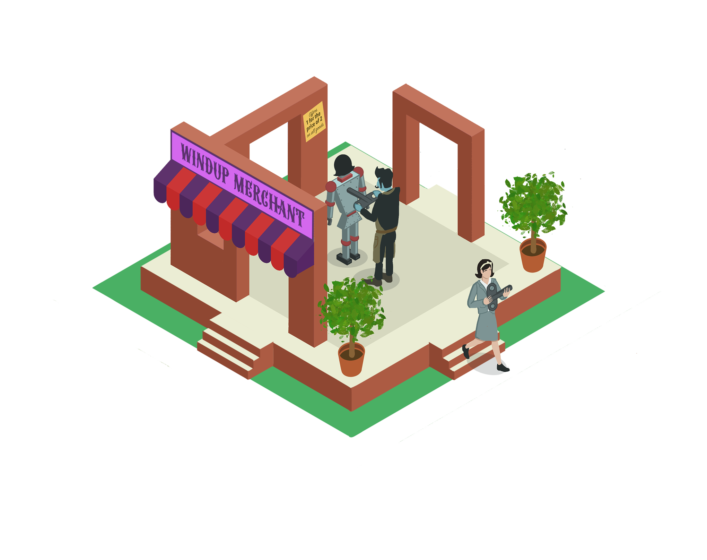
In each chapter of Resilience by Design, we share a story from someone that reflects their experiences of that chapter’s topic. These exemplars come from a diverse range of backgrounds and professions. In this blog series, we explore each of these stories and how they relate to the practical materials found in Resilience by Design.
Dominic Baker is the CEO of Cricket Tasmania. Three months prior to this interview, Dom was off work. He was burned out. As part of his road to recovery, he worked on his resilience, using the techniques covered in Resilience by Design.
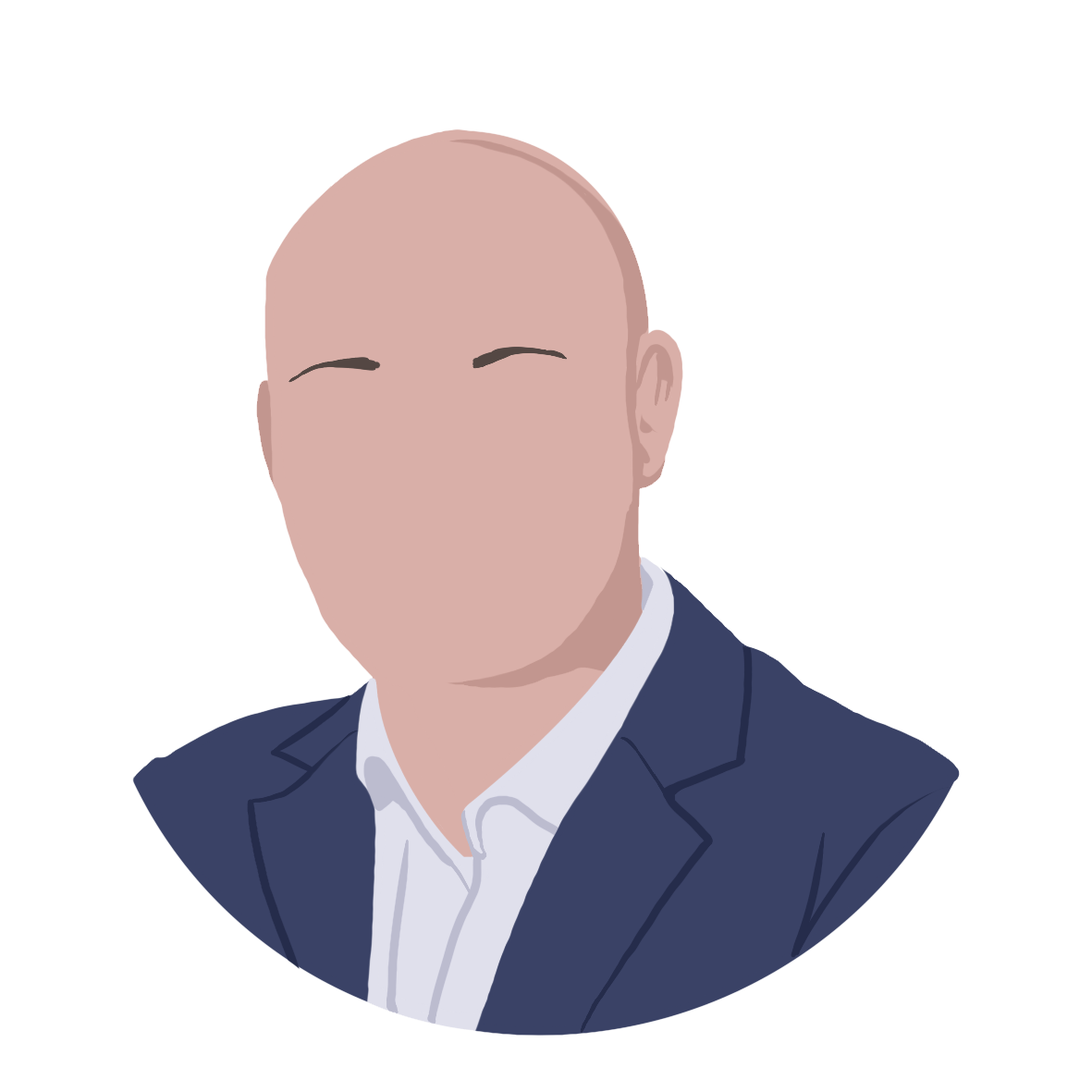
“I’ve always viewed myself as the person who can fix what others cannot. The bigger the challenge, the better. And yet I got myself to a level of burnout where I had to acknowledge it was going to become unfixable. I was like a ball that had gone flat and no longer bounced back.
I asked myself, do I change my environment altogether, or like many people, do I stay trapped and stressed?
Some people run their resilience buckets so low that they become empty, after which you’ll see major mental health issues arise. Before that happens, it’s important to self-examine in an honest way.”
The metaphors used by Dom in just a few sentences here are remarkably descriptive and powerful. When we are working with individuals and teams, we will often run a process called “Resilient at my best” using Clean Language questions. It starts with the simple question, “When you are resilient at your best, that’s like what?” Often, people will answer in some form of metaphor, that we then ask more questions to develop this landscape. There is a full, self-directed exercise in Resilience by Design that you can have a go at.
If you’re like a ball, knowing whether you are flat, pumped up too much or just the way you need to be is a great starting point for recognising what sort of decisions and choices you might make based on the state you are operating from.
He also begins touching on the fact he acknowledged he still had choice, but that stage only thought there were two: stay stressed or leave the environment.
“I think that people often feel uncomfortable in the workplace to talk about their mental state. But it’s important to work out how to put air back into the ball so you can bounce back once again.
I took six weeks off, and I needed every day of it. Time off allowed me to think, to really hit the ground running when I came back. I went straight back into an environment that really hadn’t changed a lot. What had changed really was me, not the environment.
I needed that six weeks to ensure that I was ready to cope, that I had enough coping mechanisms that I was well-practiced and well versed and confident with those. It gave me a completely different outlook when I went back into the exact same situation.”
In Chapter 1 of Resilience by Design, the Four Choices Model is introduced. This recognises that no matter what, there are four choices available in a context like this:
- Stay stressed
- Develop resilience
- Change the nature of the environment you are in
- Leave
Dom took an active approach during his time and took Choice 2: Develop resilience. Returning from his time away with this new and highly resourceful state, he knew the next step was Choice 3 OR Choice 4:
“I gave myself a target to be out within a year, and I think I was out within three weeks—into a new job that I love.”
In the words of Epictetus, “How long are you going to wait before you demand the best for yourself?”


